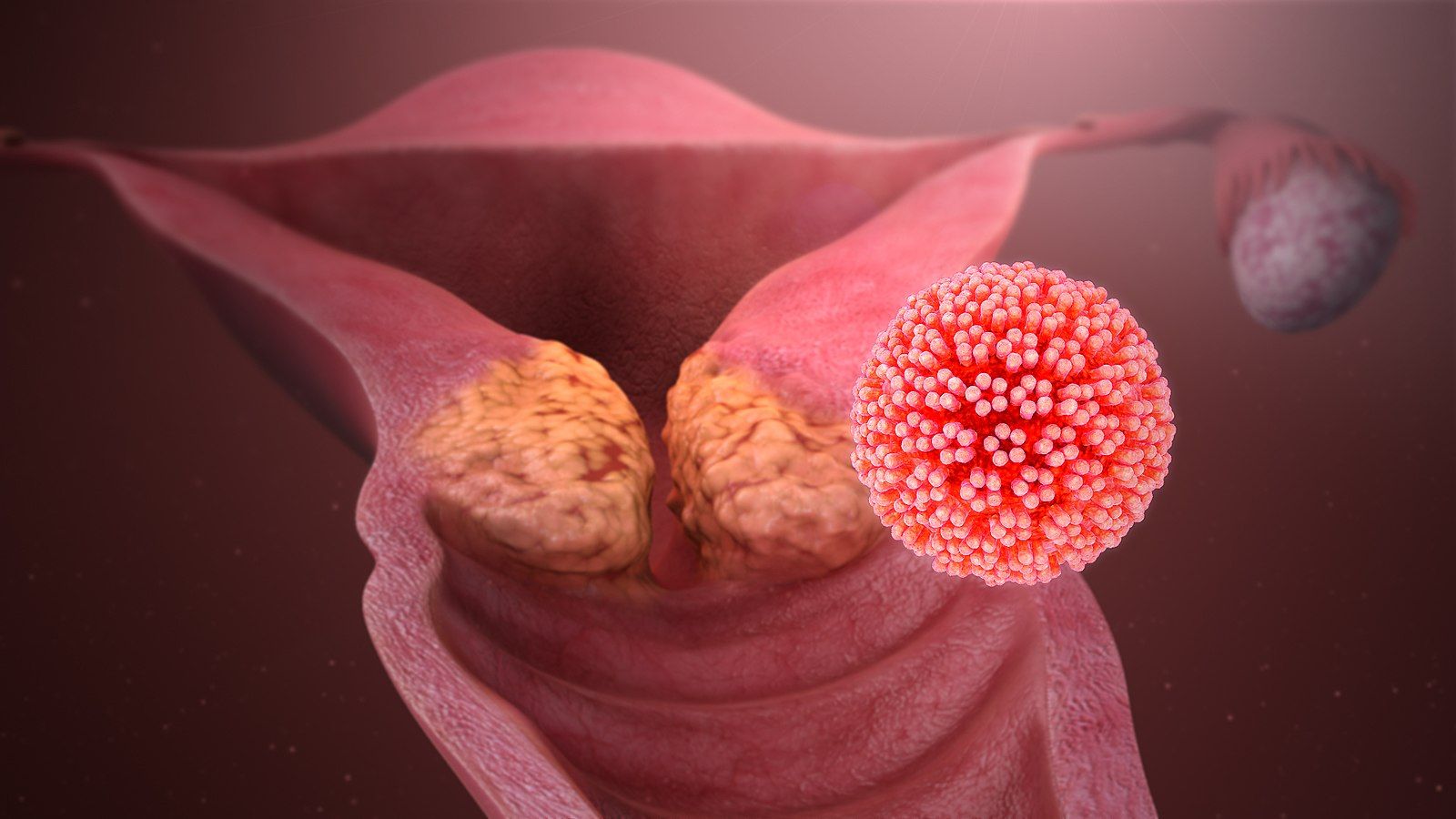Tislelizumab/Chemo Yields Antitumor Activity in Advanced Cervical Cancer
A phase 2 trial showed favorable antitumor activity when tislelizumab plus chemotherapy was used for patients with locally advaned cervical cancer.
A phase 2 trial showed favorable antitumor activity when tislelizumab plus chemotherapy was used for patients with locally advaned cervical cancer.

Tislelizumab (Tevimbra) plus chemotherapy demonstrated a pathological complete response (pCR) of 60.9% and an optimal pathologic response (OPR) in 73.9% of patients with locally advanced cervical cancer, according to a phase 2 trial (NATIC; ChiCTR2200065392) presented at the Society of Gynecologic Oncology (SGO) 2024 Annual Meeting on Women’s Cancer.1
“In addition, other pathologic responses after treatment included a major pathologic response of 13% and a non-OPR rate of 26.1%,” Sheng, Department of Gynecologic Oncology, Tianjin Medical University Cancer Institute and Hospital, Tianjin, China, said.
A total of 26 patients were enrolled for the trial and 23 patients completed neoadjuvant therapy. Investigators reported an objective response rate (ORR) of 87.0%, which was comprised of a complete response rate of 56.5%, a partial response rate of 30.5%, and stable disease (13.0%).
To be eligible for the trial, patients had to have Federation Internationale de Gynecologie et d'Obstetrique (FIGO) stage IB3, IIA2 with locally advanced cervical cancer, local tumor size of 4 cm or greater, no prior exposure to systemic antitumor therapy, and ECOG performance status of 0 or 1. Patients were stratified by PD-L1 expression (negative vs positive), histologic type at diagnosis, and FIGO stage.
Currently, the optimal treatment for patients with locally advanced cervical carcinoma is undetermined but previous studies suggest that immunotherapy has promising benefits.2
Patients received 200 mg of tislelizumab plus chemotherapy (paclitaxel 175 mg/m2 plus cisplatin 60 mg/m2 or carboplatin AUC 5) once every 3 weeks for 3 cycles, followed by radical surgery. If patients had progressive disease they received concurrent chemoradiotherapy and left the study. The primary end point was pCR and secondary end points were ORR and adverse events.
At baseline, patients (n = 23) were a median age of 49.5 years (range, 28-65) and the majority (52.2%) had tumor size between 4.0 to 4.5 cm. Twenty-one (91.3%) patients had squamous carcinoma and 2 had adenocarcinoma (8.7%). For PD-L1 status, the majority of patients had a PD-L1 combined positive score (CPS) of 50 or greater (43.5%), CPS between 1 and 9 (21.7%), between 10 and 49 (17.4%), and under 1 (4.3%). PD-L1 status was not determined in 13.0% of patients. Nearly 61% (60.9%) of patients were FIGO stage IIA2 and 39.1% were FIGO stage IB3.
When reviewing pathologic features and outcomes, investigators noted that patients who had high-risk factors such as positive lymph nodes and margins or parametrial infiltration received cisplatin-based chemotherapy. Those patients who exhibited 2 or more intermediate risk factors received adjuvant radiotherapy whereas non-OPR patients received 3 cycles of adjuvant chemotherapy. Further, 52.2% of imaging responses were consistent with pathologic responses.
For patients who received postoperative adjuvant treatment (n = 23), 8.7% of patients received concurrent chemoradiotherapy, radiotherapy, and chemotherapy, respectively, and 73.9% received no postoperative therapy. At the data cut off of December 31, 2023, the median follow-up was 5.8 months (interquartile range, 1.5-9.4). One patient had disease recurrence and 22 patients are still being followed, Sheng said.
Regarding safety, 20 patients experienced treatment-related adverse events (TRAEs), with most described as low-grade, hematological in nature, and reversible. A total of 30% of patients experienced serious grade 3 TRAEs. No grade 4 TRAEs or grade 3 or greater immune-related AEs were reported, and no treatment discontinuations or deaths because of TRAEs were reported.
The most common grade 1/2 AEs experienced were lymphopenia (n = 20; 70%), anemia (65%), leukopenia (65%), neutropenia (55%), and hypoproteinemia (55%). Grade 3 AEs included lymphopenia (15%), and 5% each for neutropenia, thrombocytopenia, and elevated alanine transaminase levels, respectively.
“These results will contribute to the advancement of neoadjuvant chemo-immunotherapy with radical surgery as a novel therapeutic strategy,” Sheng concluded.
References
- Liu W, Sheng J, Liu R, et al. Neoadjuvant tislelizumab plus chemotherapy in patients with locally advanced cervical cancer: A prospective, single-arm, phase II trial. Presented at: Society of Gynecologic Oncology 2024 Annual Meeting on Women's Cancer, March 16-18, 2024. San Diego, CA.
- Borcoman E, Le Tourneau C. Keynote-158 study, FDA granted accelerated approval of pembrolizumab for the treatment of patients with advanced PD-L1-positive cervical cancer. Ann Transl Med. 2020;8(23):1611. doi:10.21037/atm-20-2656